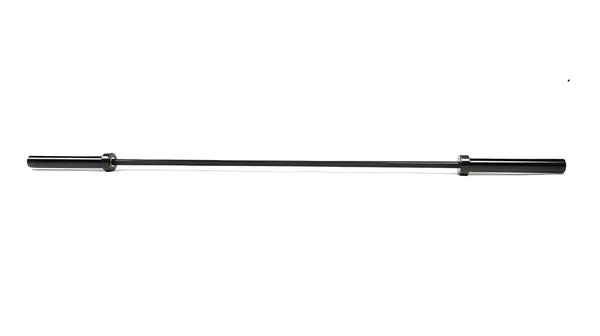Your Cart is Empty
April 24, 2023 4 min read
Squat variations are exercises that target the muscles of the lower body, specifically the quadriceps, hamstrings, glutes, and calves. They can be performed with a variety of equipment, including a barbell, dumbbells, kettlebells, and resistance bands. Squat variations are some of the most effective exercises for building strength and power, as well as improving balance and stability. They also offer a great way to burn fat and calories.
Shop The Collection: BarbellsThe benefits of squat variations are numerous. First and foremost, they help build strength in the lower body. This is especially important for anyone looking to increase their athletic performance or just improve their overall fitness level. Squats also help to improve muscle tone, flexibility, and balance, all of which are crucial for injury prevention. Finally, squat variations can help you burn more calories, which can lead to weight loss and improved overall health.
 Shop The Gear: Concorde Olympic Training Barbell – 45 LB, $249.99 USD
Shop The Gear: Concorde Olympic Training Barbell – 45 LB, $249.99 USD
There are many different types of squat variations, each targeting different muscles of the lower body. Some of the most common types of squats include:
Shop The Collection: KettlebellsTo get the most out of squat variations, it’s important to incorporate them into your regular workout routine. Here are a few tips to make sure you’re doing them correctly and getting the most out of your workouts.
Squat variations are an excellent way to build strength and power in the lower body, as well as improve balance and stability. They can be performed with a variety of equipment and can be used to help burn fat and calories. Make sure to focus on proper form, mix it up, challenge yourself, and incorporate other exercises to get the most out of your workouts.
Shipping Protection gives you peace of mind while saving you time and money.
Shipping Protection provides coverage for eligible orders that are lost or damaged in transit, or stolen after delivery has been confirmed by the carrier. MAGMA Fitness, through its partners, administers the protection program and may receive compensation for these services. Coverage is subject to the terms, conditions, and exclusions outlined in our Shipping Protection Terms & Conditions.